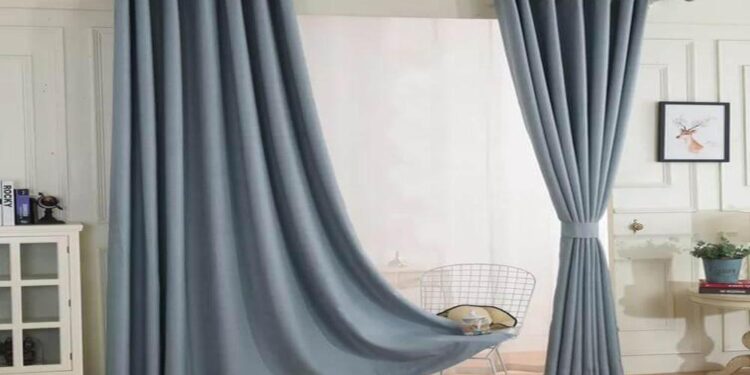How do I choose the right size of drapery curtains for my windows?

When choosing the right size of drapery curtains for your windows, there are a few factors to consider.
Measure the window width: Use a tape measure to measure the width of your window from one side to the other. Note down the measurement.
Determine the curtain rod width: Decide on the width of the curtain rod you will be using. The rod should be wide enough to extend beyond the window frame on both sides to allow the curtains to fully cover the window when open. Add this extra width to your window width measurement.
Measure the window height: Measure the height of your window from the top of the window frame to the desired length where you want the curtains to hang. Take note of this measurement.
Choose the curtain length: Depending on your preference and the overall aesthetic you want to achieve, decide on the curtain length. Curtains typically come in three lengths: floor-length, which touches the floor; apron-length, which ends a few inches below the window sill; or sill-length, which ends at or just above the window sill.
Consider the style and functionality: Take into account the style and functionality of the curtains you want. Some curtain styles, such as gathered or pleated curtains, require more fabric than others. Additionally, if you want your curtains to completely block out light, you may need to choose more comprehensive panels or add blackout lining.
Check ready-made options: Once you have your measurements, check the available sizes of ready-made curtain panels. If you find a panel size that closely matches your measurements, it can save you time and effort.
What are the considerations for choosing drapery curtains for different rooms in the house?
When choosing drapery curtains for different rooms in your house, there are several considerations to keep in mind. Here are some factors to consider for each room:
Living Room:
Choose curtains that complement the decor and furniture in the room. Decide how much natural light you want to let into the room. Sheer or lightweight curtains can filter light, while heavier drapes can block it out. Consider the level of privacy you desire. Thicker, lined curtains can offer more privacy than sheer curtains.
Bedroom:
If you prefer a dark sleeping environment, opt for blackout curtains that effectively block out sunlight. Look for curtains with noise-reducing properties if you want to minimize outside noise and create a more peaceful sleeping environment. Choose curtains that offer sufficient privacy, especially for ground-level bedrooms or those facing busy streets.
Kitchen:
Consider curtains that are easy to clean, as kitchen environments can be prone to grease, odors, and spills. Machine-washable or wipe able fabrics are good options. Choose curtains that allow natural light to filter through, creating a bright and inviting atmosphere while still maintaining privacy.
Dining Room:
Determine the formality of the dining room and choose curtains that align with the overall style. Elegant fabrics and designs can enhance the formal ambiance. Consider longer curtains that pool on the floor or just skim them for a luxurious and traditional look. Adding fullness can also create an opulent feel.
Bathroom:
Select curtains made from moisture-resistant materials, such as synthetic blends or specially treated fabrics, to withstand the humid bathroom environment. Ensure that the curtains provide adequate privacy for the bathroom while allowing light to filter in.






